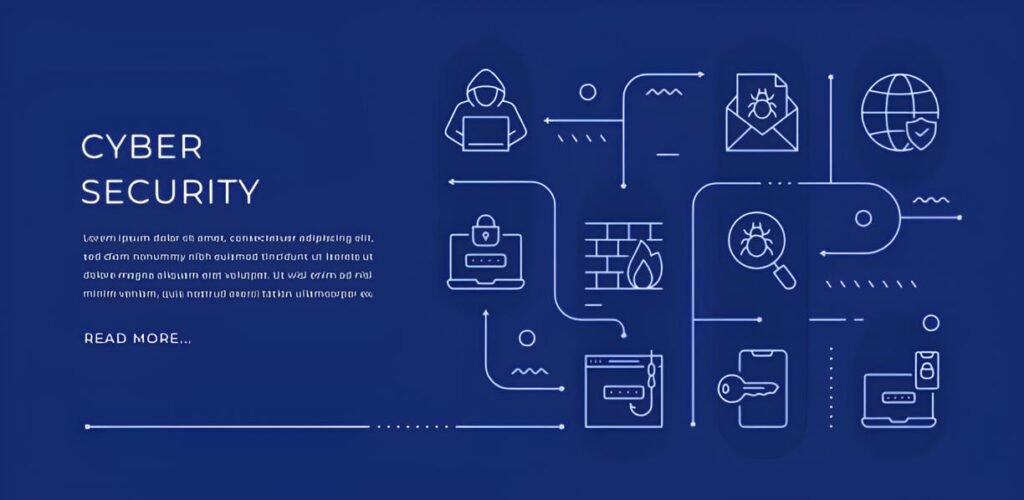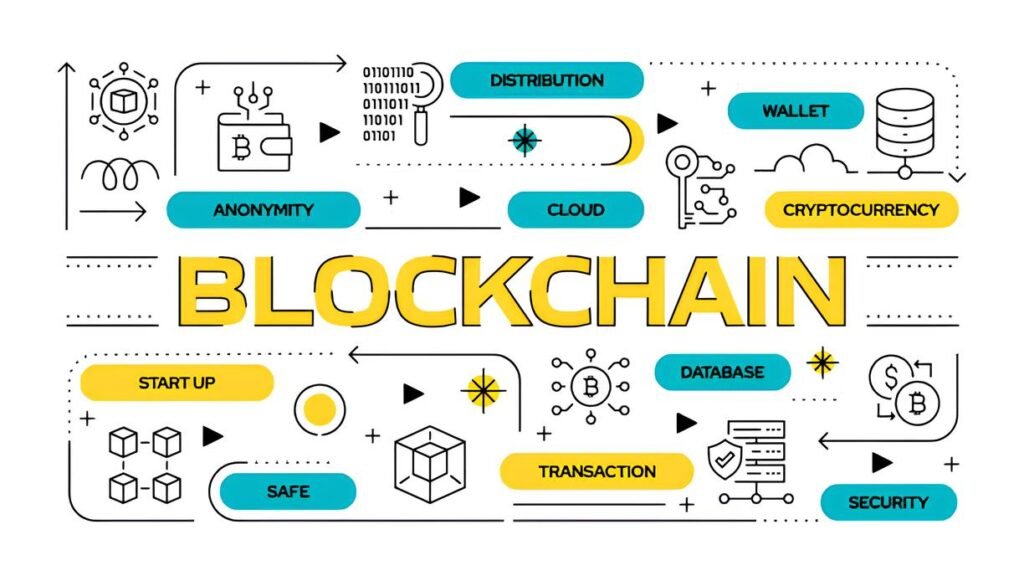How to develop frontend apps that protect darknet user privacy
Imagine crafting an app designed to welcome some of the most security-conscious users on the internet — individuals who depend on absolute anonymity every time they interact through the darknet. Every design choice, every line of code, and even the smallest data exchange can mean the difference between safety and compromise. Developing frontend applications for darknet users demands much more than slick interfaces or flashy features; it’s a delicate dance between usability and rigorous privacy preservation.
But where do you even begin when tackling such a formidable challenge? How do you balance performance with stealth, or responsiveness with compartmentalization? The following deep dive explores the essential principles, tools, and pitfalls for developing frontend applications that genuinely protect darknet user privacy without sacrificing real-world functionality.
In This Article
- Understanding the Privacy Challenges Frontend Apps Face
- Core Principles for Darknet-Friendly Frontend Development
- Technical Strategies to Preserve User Anonymity
- Preventing Leaks Through Fingerprinting and Metadata
- Designing Interfaces That Empower Prudent User OPSEC
- Testing and Deploying with Privacy in Mind
- Embracing the Evolving Privacy Landscape
Understanding the Privacy Challenges Frontend Apps Face
Frontend apps, by nature, run in users’ browsers or devices, making them highly exposed to various privacy risks. For darknet users—who already operate in a hostile environment—these vulnerabilities can be catastrophic. Unlike backend systems where data handling and security controls are centralized, frontend code is visible, modifiable, and subject to a spectrum of attacks.
Here are a few key challenges developers must navigate:
- Browser fingerprinting: Subtle attributes collected by websites can identify unique users despite IP obfuscation.
- Timing and behavioral analysis: Patterns in user interactions and request timings provide metadata clues to identity.
- Data leaks in storage and networking: Local caching, cookies, or WebRTC leaks can betray user information.
- Excessive permissions: Allowing unnecessary access to device capabilities increases risk.
- Dependency transparency: Third-party libraries and trackers can leak data or introduce backdoors.
In essence, any deviation or oversight on the client side can dramatically reduce the anonymity darknet users rely on.
Core Principles for Darknet-Friendly Frontend Development
Protecting darknet users requires building your frontend around rigorous privacy-first philosophies. Consider the following foundational principles your starting point:
- Minimal data collection: Collect only what is absolutely essential — no extraneous telemetry or identifiers.
- Data ephemerality: Avoid long-term storage of sensitive data on client devices. Use session-only storage where possible.
- Decentralization and anonymity: Where feasible, rely on decentralized protocols or onion-routed endpoints rather than centralized servers.
- Strict content security: Implement Content Security Policy (CSP) headers to block unsafe sources and mitigate injection attacks.
- Permission constraints: Limit permissions to the bare minimum — no camera or microphone unless explicitly needed and user-approved.
- Transparency and open auditability: Use open-source components and publish your code for community review.
Building on these principles forms a resilient foundation for developers aiming to keep darknet users safe from the multifaceted threat landscape.
Technical Strategies to Preserve User Anonymity
Beyond high-level principles, concrete technical approaches bring privacy to life in frontend apps. Here are some critical strategies for developers:
1. Avoid Persistent Identifiers
Never generate or store persistent identifiers like UUIDs, cookies, or fingerprint components that tie sessions together. Instead, use ephemeral session tokens and avoid login mechanisms that require personal data.
2. Obfuscate Network Requests
Sending requests only through privacy-preserving networks such as Tor hidden services is essential. Make sure your app does not call clearnet APIs or embedded resources that could betray user traffic patterns.
Consider, for example, bundling all external requests through onion endpoints or proxying communications in ways that conceal server endpoints.
3. Fingerprint Resistance Techniques
Fingerprinting can defeat IP masking by exploiting device information such as screen resolution, installed fonts, or GPU details. Use libraries or scripts that counter fingerprinting by randomizing client-side parameters or blocking access to certain APIs.
4. Disable or Block WebRTC
WebRTC often causes unexpected IP leaks, even in Tor Browser setups. Your frontend should either avoid WebRTC or notify users with clear guidance on disabling it.
5. Encrypted Client-Only Storage
When storing any data client-side (like cryptographic keys or configuration), encrypt it with keys derived from user credentials not stored anywhere else. This avoids easy forensic discovery if the device is seized.
6. Avoid Third-Party Code with Hidden Trackers
Vet all third-party dependencies rigorously. Content delivery networks (CDNs), analytics, and ad scripts should be avoided or replaced with privacy-first alternatives.
Preventing Leaks Through Fingerprinting and Metadata
One of the largest unseen risks comes from unintentional metadata leaks through subtle cues. Frontend apps can unwittingly betray user identity in several ways:
- Canvas and font fingerprinting: Scripts that sample hardware rendering or installed fonts.
- Timing and interaction patterns: Unique typing rhythms or click sequences.
- Resource request order and size: Certain resources requested in distinct patterns can uniquely identify an app or user session.
Mitigating these requires layered defenses:
- Randomize timing of critical events and requests: Introduce jitter to interaction-based calls.
- Use standardized UI and avoid dynamic content that changes too frequently.
- Leverage privacy sandbox techniques: Limit JavaScript APIs that expose hardware details.
- Test and audit for leaks regularly: Use fingerprinting detection tools to audit your app’s behavior.
Utilize tools like AmIUnique or BrowserLeaks Canvas Test to evaluate your app’s fingerprintability during development.
Designing Interfaces That Empower Prudent User OPSEC
Your frontend isn’t just a tool; it becomes part of a user’s operational security toolbox. The interface itself should encourage good privacy hygiene without overwhelming with complexity.
Here’s how to approach UI/UX for darknet privacy apps:
- Clear Privacy Indicators: Make privacy settings and connection status transparent. Users should instantly know if their connection is routed through Tor or encrypted layers.
- Educate Without Alarm: Use gentle, instructive prompts to guide users on why certain behaviors matter — for example, informing them about risks of syncing data or enabling autofill.
- Modular Interfaces: Allow users to compartmentalize activities—separate tabs or profiles for different darknet personas reduce cross-linking risk.
- Minimal Permissions Requests: Prompt users for only essential permissions and explain why they are needed.
- One-click Privacy Resets: Provide easy means to clear all local data and reset session tokens, ensuring users can rapidly “start fresh” when needed.
These design strategies not only enhance security but build user trust and confidence in the software.
Testing and Deploying with Privacy in Mind
Developing a privacy-first frontend doesn’t end with building secure code. Rigorous testing and thoughtful deployment practices are equally vital.
- Automated Privacy Testing: Integrate tools that scan for fingerprinting vectors, data leaks, and unintended API calls into your CI/CD pipelines.
- Penetration Testing & Threat Modeling: Engage privacy experts to audit your codebase and simulate adversarial attacks aimed at identity correlation.
- Deploy Over Tor Hidden Services: Host your frontend on onion sites to reduce traffic exposure and take advantage of onion routing’s protection.
- Content Security Policies (CSP) & Subresource Integrity (SRI): Enforce strict CSPs to prevent injection attacks and verify third-party scripts using SRI hashes.
- Immutable Deployment: Use methods like static site generation or containerized frontend delivery to avoid runtime code modifications.
Consider also using sandboxed environments for app execution, or encouraging users to adopt privacy-focused OSes like Tails or Whonix, which enhance privacy protections at the system level.
Embracing the Evolving Privacy Landscape
Privacy on the darknet is a moving target. Advances in AI-based deanonymization, novel fingerprinting methods, and law enforcement techniques continuously raise the stakes. Frontend developers must remain vigilant and adaptive.
This means fostering a culture of continual learning and iteration:
- Stay updated with research on emerging anonymity threats and mitigation techniques.
- Participate in privacy communities and transparency initiatives.
- Design your apps to allow for easy updates and security patches without losing user-friendly operation.
- Consider how new technologies like decentralized identity, or quantum-resistant cryptography, might eventually integrate into your stack.
Privacy isn’t a feature you build once—it’s a relentless commitment. In the words of privacy researcher Bruce Schneier, “Security is a process, not a product.”
Final Reflections: Frontend Privacy as a Cornerstone of Darknet Safety
In the complex ecosystem of darknet privacy, frontend application development sits squarely at the intersection of user experience and security rigor. A frontend app that disregards the nuances of metadata leaks, fingerprinting, and user behavior can become the weakest link in a user’s anonymity chain.
But with deliberate design, careful coding, and an unwavering focus on minimizing data exposure, frontend apps can become powerful shields—empowering darknet users to navigate their digital lives with confidence, control, and true privacy.
For developers keen to explore deeper, examining how privacy-first networking and backend integration complements frontend anonymity can be enlightening. For example, understanding



